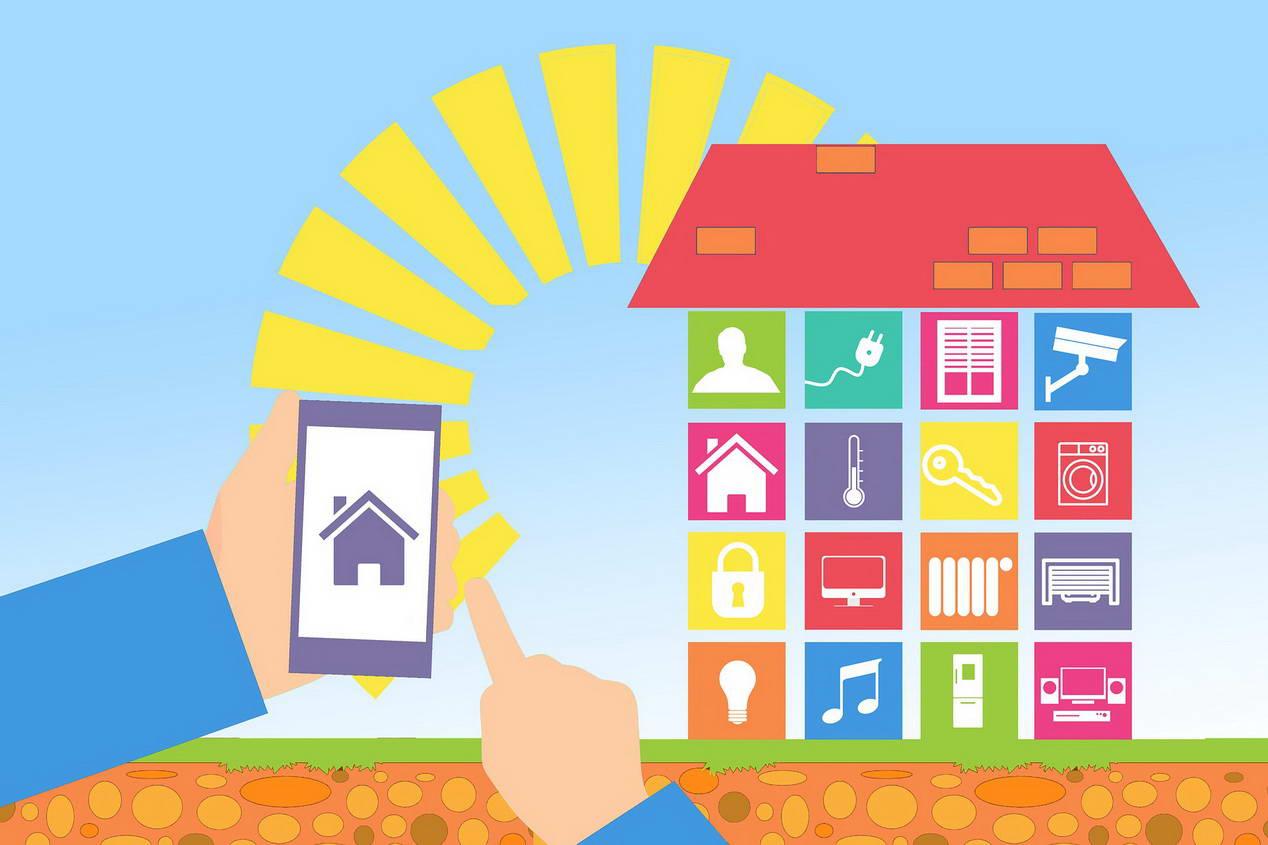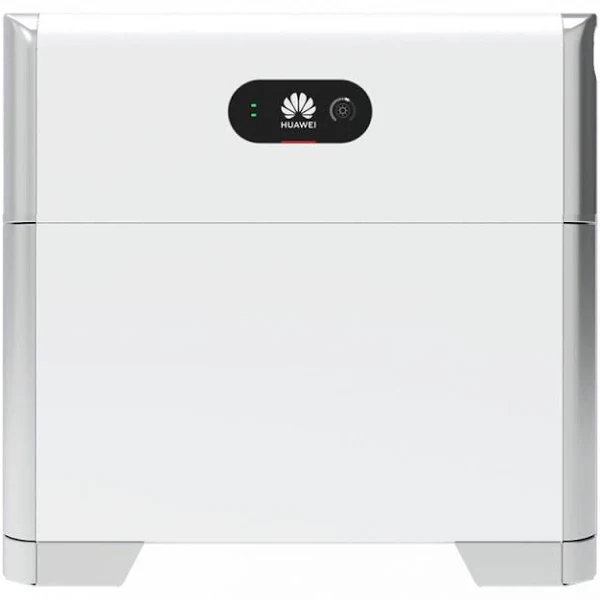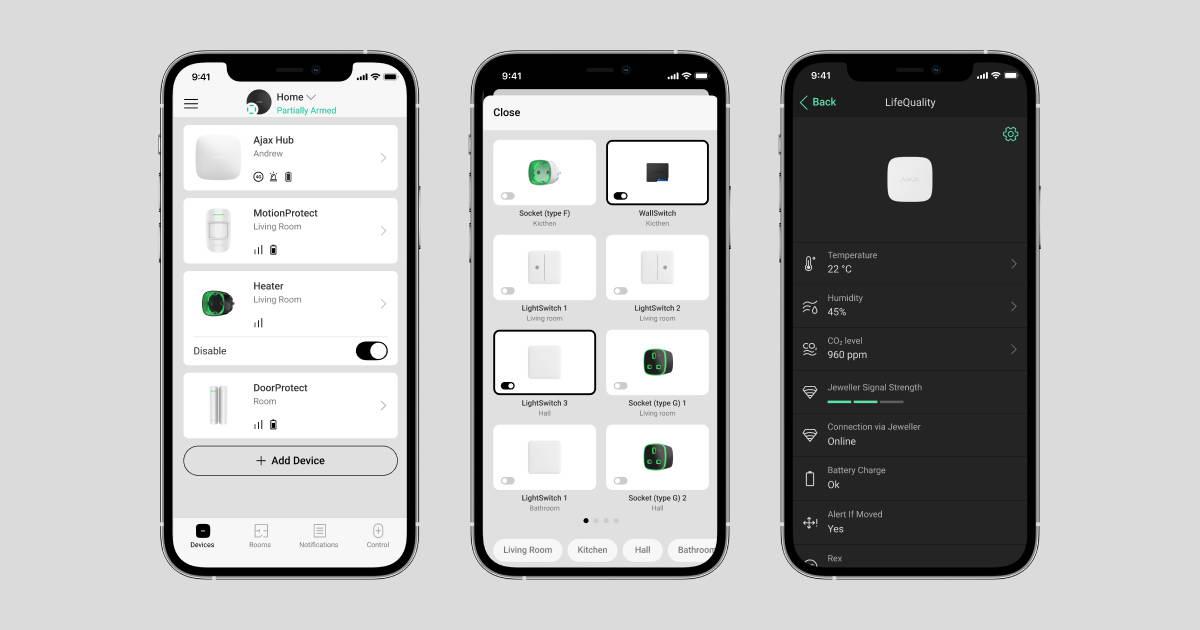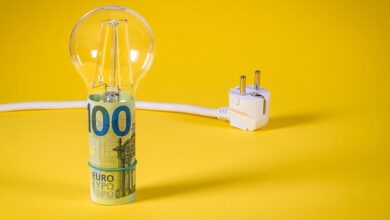
Installation of photovoltaic panels at home
To deal with the rise in the price of electricity, a very good way is to install photovoltaic panels in our home, as long as we have our own roof for the installation of these panels. depending on your consumption habits throughout the yearand the consumption made in your homeyou can save up to 70% on your electricity bill if you install photovoltaic panels.
The initial investment of the photovoltaic panels is quite important, since a fairly common installation of about 4.5kWp with a 4kW inverter has a cost of approximately €7,500. However, from this price that it will cost you, you have to subtract the following:
- EU grants for the installation of photovoltaic panels. This subsidy can be up to 40% of the installation, that is, about €3,000 of subsidy you could have for the previous example.
- Real Estate Tax Grants. There are cities that subsidize the IBI receipt of your home by 25%, 50% and even 100% in some places for a certain time, for example, 3 years. This could save us an additional €1,200 over the first few years.
Taking this into account, you would only have approximately €3,300 left to amortize, taking the above as an example. Generally a photovoltaic installation is amortized in about 10 years, but if we benefit from these subsidies and properly size the installation, we could amortize the installation in about 4 or 5 years, depending on how much you take advantage of the photovoltaic solar production generated by your panels. You should also take into account the money that will be deducted from your electricity bill for the sale of surplusesalthough unfortunately in Spain the resellers are obliged to buy these surpluses for only €0.05/kWh, although there are some with certain contracts that could pay us something more, reaching up to approximately €0.10/kWh.
Home automation to automate different household appliances, and have a higher percentage of self-consumption, will be key to amortizing the installation much sooner and not “giving away” energy in the form of selling surpluses to the retailer.
When we have decided that we are going to invest in panels to reduce the electricity bill in our home, we must take into account certain aspects so that we are not surprised when installing the panels:
- See the orientation of our roof. Depending on the orientation we will have a higher solar production (South orientation) or lower solar production (north orientation). The first thing you should look at is where your roof is facing.
- See what is the annual consumption of your home. In order to adequately size a photovoltaic installation, and that we amortize the investment as soon as possible, we must look at the annual consumption of our home and install the necessary solar panels. We should never oversize the installation with the aim of reducing the electricity bill to almost €0, because it will take many more years to amortize, in addition to the fact that the initial cost will be very high, and it is possible that they will not give us the EU subsidy.
- What will be the expected annual consumption in the near future?. Do you plan to have children soon? An electric car? You should also take this into account, and that is that if you plan to have children or an electric car, the consumption of electricity at home will increase.
Today there are companies like POWER who carry out a very detailed study of the needs of their clients, with the aim of optimizing the installation to the maximum and not oversizing the installation or falling “short” of panels.
The goal of a good installation is save as much as possible on the electricity bill, but it must also be taken into account how many years it will take to amortize the installation. We must bear in mind that the facility has a useful life of between 20 and 25 yearsTherefore, if the amortization is made in the first 6 or 7 years, we could say that the rest of the years we will have “free” electricity.
Add batteries and save even more money
Many users of photovoltaic installations wonder what happens at night when there is no more sun. The answer is simple: you have to import electricity from the grid, because the solar panels will not be generating anything at all.
A solution to further optimize our photovoltaic installation is install batteries to store excess energy. Instead of selling the surplus to the company for a derisory €0.05/kWh, what we can do is store these surpluses in batteries, with the aim of consuming said energy when there is no sun.
Although the installation of a battery entails an additional investment of about €4,500 for 5kWh of capacity, taking into account that the price of energy is increasing more and more, it is very possible that this option will compensate you to pay up to 90% less than electricity. In fact, a trick that many users of photovoltaic installations with batteries do is to hire electric car night rates that last about 6 hours at dawn where each kWh is worth €0.03, and they will not only recharge the electric car, but also they can recharge their home battery and then pay much less.
Generally, in these electric car rates we have very cheap energy for 6 hours, but then the price of the kWh can skyrocket to €0.30/kWh, and it is here where we will notice the savings since we will be using the capacity of the batteries to make the expense at the hours we want.




